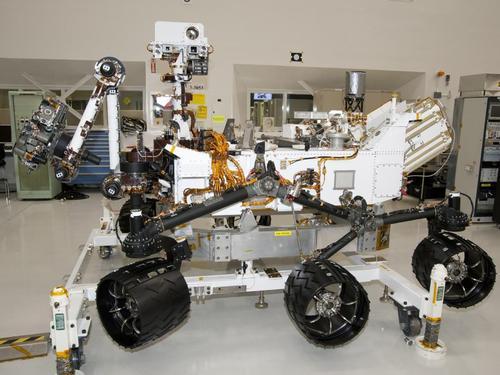 |
| This image was provided by http://www.cityfarmer.info/category/soil/. |
Have you ever scooped up a handful of dirt from your backyard and wondered how it got there? If you said yes, this is the blurb for you. That dirt in your backyard is likely some variation on your region's local soil. Soil is the material at the surface of our planet that helps give nutrition to many types of biota (e.g. plants, insects, microbes, and animals).
Many of you may now be asking yourselves:
What is soil really? The technical definition of soil is porous material created at the land surface by weathering processes derived from biological, geological, and hydrological phenomena (e.g. precipitation, erosion, decay, etc). The term soil does not refer to weathered rock, but specifically refers to material that shows
vertical stratification (or the layers of buildup that occurs as soil forms) and has been produced by the continual influence of percolating water and living organisms.
One of your next questions might be
what is in soil? This is a deceptively simple question. First it is important to know that soil is composed of three types of sediments: 1) sands, 2) silts, and 3) clays. The main physical difference between each of these types of sediments is the size of the grains. According to the Wentworth grain size chart, sands have the largest grains with a range of 2.0 mm to .074 mm in diameter. Silts are the second largest in terms of its grain size and they range between .074 mm to .004 mm in diameter. Clays have the smallest grain sizes and they range from .004 mm to .001 mm. The individual grains of silts and clays can be so small that they are hard to see with the naked eye. The second thing you need to know is that the composition of soil varies depending upon the
parent material (or the type of rock that the sediments in the soil came from). Different parent material results in different types of soil. Rocks that are rich in clay rich minerals create clay rich soil. Rocks that are rich in sand sediments create sand rich soil, and on it goes. It is one of the reasons that different areas of our country are better suited for different types of plant life and agriculture techniques.
The last really essential thing you need to know about soil is
how it varies with depth. Soil types differ with depth in the same way that different types of ocean life vary with depth. This variation with depth is referred to in different layers which most people refer to as
horizons. Each horizon has a slightly different composition and is the location for different types of water and soil interactions. I have included a soil horizon diagram below to help you get a sense of how soil horizons change with depth.
 |
| This image was provided by http://pdsblogs.org/2011pdsapes8/2011/02/15/soil-and-agriculture/. |
Sources and Links:
- WENTWORTH CHART: http://woodshole.er.usgs.gov/pubs/of2007-1191/html/fig11.html
**Much of my studies in college revolved around the study of sediments. This particular topic is one of great interest to me, so I hope you enjoy.





